Recently in our series on “Real Estate Magic,” we wrote on the ancient ritual of “beating the bounds,” or walking the boundary lines of parishes to etch them in living memory. But what are “bounds” anyway?
We are all familiar with the concept of boundaries, but if you find yourself involved in a boundary dispute, comparing deeds and getting a survey of the real bounds, you may find your land defamiliarized. It is often only when you go to sell a property that you realize there are irregularities in your deed and the boundaries of your land aren’t as simple as you thought they were. Suddenly real estate law can start to feel like some inscrutable, arcane practice. In a sense, that’s true—the roots of how we define property bounds in the United States stretch far back into history, before colonial times, to ancient English common law.
Today, far fewer deeds will define property boundaries using the metes and bounds system—much of the land has been subdivided into simpler rectangular lots and blocks. However, a California chain of title may use deeds that inherit language about metes and bounds originating over a century ago. In many ways, metes and bounds is an inefficient and confusing way to define a plot of land. In the context of “beating the bounds,” however, it is a reasonable system for a small community: from a starting point, the boundaries of land are described as a series of instructions that allow you to walk from one landmark (natural or artificial) to another, tracing the outline of the property until you get back to the beginning. The “metes” are specific measurements along a straight line, while the “bounds” are bounding landmarks like rivers, walls, or roadways.
For instance, Atlas Obscura writes of a rather unique deed etched into a rock in Worcester, Massachusetts: in 1840, Solomon Parsons Junior bought a parcel of land at the top of a hill—for God. Essentially acting as a trustee for God’s estate, he had the owner William Hall grant the land to God for $125. The rock records that “I William G Hall […] in consideration of 125 dol[lars] paid by the hand of Solomon Parsons […] do heareby give grant sell and convay unto God through the laws of Jesus Christ […] said tract of land […] containing ten acres more or less bounded as follows[…]” The metes and bounds description begins from “a stake and stones” by the land of another gentleman “E Daniels” down to a “corner of the fence” to “a chestnut tree” and “a heap of stone,” and then back to the stake and stones. Here the deed records the metes in terms of the number of “rods” between each landmark. (1 rod = 5.5 yards.)
Some of the problems with this system are immediately evident: although “God’s 10 Acres” still stands at the top of the hill surrounded by modern suburbs, none of the original landmarks remain. If God were to get into a boundary dispute over land developers encroaching on His land today, a surveyor would have a very hard time establishing any real bounds. Landmarks decay over time, and particularly in California, one earthquake could seriously compromise the description in a deed. Metes and bounds also allow you to flexibly describe irregular property shapes, but the boundaries are far less precise than the typical rectangular systems more commonly used today.
Even in the relatively new land of California, however, this ancient system is still used today for irregularly shaped plots of land. Today, these metes and bounds descriptions are more robust and accompanied by maps. But before 1893, a landowner in California could divide their plot however they pleased using metes and bounds without recording a subdivision map. In addition to changed land features, errors could occur between surveys, creating inconsistencies. If this happens, you may need to bring a motion to “reform” and correct the legal documents that either mistakenly or ambiguously demarcate your property boundaries in a California civil court.
Boundary disputes can be difficult and potentially contentious, with a few feet of land inciting intense emotion between neighbors. If you need to reform an irregular deed or settle conflicting surveys, you need a California real estate attorney with knowledge, experience, and an eye for detail. You need the services of Greenacre Law.
For more, see our previous posts “Boundary Disputes” and “Agreed-boundary doctrine.”


